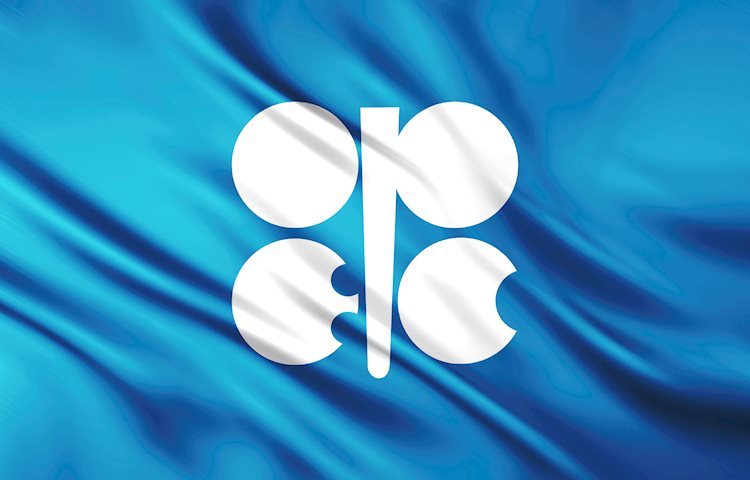- Crude Oil poped above $72 earlier, though eases in US trading.
- Florida braces for potential Tropical Cyclone Nine.
- The US Dollar Index steadies despite a surge in US yields.
Crude Oil pops higher on Tuesday with a mixture of supportive data that started after the Chinese government launched a 500 billion Yuan (CNY) stimulus plan to reboot its economy. This liquidity injection plan should boost Chinese demand again for Crude Oil. Meanwhile, the geopolitical front is supporting a higher Crude Oil price even with the United Nations (UN) having an emergency assembly later this Tuesday after the intense strikes in Lebanon by Israel over the past few days.
The US Dollar Index (DXY), which tracks the performance of the Greenback against six other currencies, trades sideways even though the uprising in yields, with, for example, the US 10-year Treasury at a fresh September high near 3.79%. The DXY is stuck again in the tight range where it was for most of September and looks unable to move away from it.
At the time of writing, Crude Oil (WTI) trades at $71.48 and Brent Crude at $74.47
Oil news and market movers: Geopolitics and more
- Bloomberg reports that European refiners are forced to tap into shale Oil in order to replace the missing barrels from Libya.
- Meanwhile, in the US, Florida braces for Tropical Cyclone Nine, set to hit Florida by Wednesday. Reuters reports that Shell and Chevron have evacuated non-essential personnel from its US Mexican Gulf rigs.
- As usual, the American Petroleum Institute is due to release its weekly Crude stockpile change on Tuesday. No forecast is available for the week of September 20, while the previous release was a build of 1.96 million barrels.
- Oil prices are rising after China announced a package of stimulus measures to support the sluggish economy, MT Newswires reports.
Oil Technical Analysis: Upwards and onwards?
Crude Oil is not enjoying one but three catalysts, all taking place simultaneously, which are driving Crude Oil prices above the $71.46 (the February 5 low) key level. With the geopolitical, a possible supply outage, and demand resurging from China, a broader rally could be playing out here. It would not come as a surprise that Crude Oil would hit $75 by the end of this week if the three fundamental catalysts remain in focus.
If the positive momentum continues, a return to $75.27 (the January 12 high) could play out with this trifecta of bullish elements. Along the way towards that level, the 55-day Simple Moving Average (SMA) at $74.31 could ease the rally a bit. Once above $75.27, the first resistance to follow is $76.45, with the 100-day SMA in play.
On the downside a reshuffle of supports should take place. First down now is $71.46, which should now act as support instead of resistance. In case that level does not hold, $67.11, a triple bottom in the summer of 2023, should support any downturns. Further down, the next level in line is $64.38, the low from March and May 2023.
US WTI Crude Oil: Daily Chart
WTI Oil FAQs
WTI Oil is a type of Crude Oil sold on international markets. The WTI stands for West Texas Intermediate, one of three major types including Brent and Dubai Crude. WTI is also referred to as “light” and “sweet” because of its relatively low gravity and sulfur content respectively. It is considered a high quality Oil that is easily refined. It is sourced in the United States and distributed via the Cushing hub, which is considered “The Pipeline Crossroads of the World”. It is a benchmark for the Oil market and WTI price is frequently quoted in the media.
Like all assets, supply and demand are the key drivers of WTI Oil price. As such, global growth can be a driver of increased demand and vice versa for weak global growth. Political instability, wars, and sanctions can disrupt supply and impact prices. The decisions of OPEC, a group of major Oil-producing countries, is another key driver of price. The value of the US Dollar influences the price of WTI Crude Oil, since Oil is predominantly traded in US Dollars, thus a weaker US Dollar can make Oil more affordable and vice versa.
The weekly Oil inventory reports published by the American Petroleum Institute (API) and the Energy Information Agency (EIA) impact the price of WTI Oil. Changes in inventories reflect fluctuating supply and demand. If the data shows a drop in inventories it can indicate increased demand, pushing up Oil price. Higher inventories can reflect increased supply, pushing down prices. API’s report is published every Tuesday and EIA’s the day after. Their results are usually similar, falling within 1% of each other 75% of the time. The EIA data is considered more reliable, since it is a government agency.
OPEC (Organization of the Petroleum Exporting Countries) is a group of 13 Oil-producing nations who collectively decide production quotas for member countries at twice-yearly meetings. Their decisions often impact WTI Oil prices. When OPEC decides to lower quotas, it can tighten supply, pushing up Oil prices. When OPEC increases production, it has the opposite effect. OPEC+ refers to an expanded group that includes ten extra non-OPEC members, the most notable of which is Russia.
Read the full article here

